
Novelists Unwind with Jan Drexler and Regina Rudd Merrick
Jan Drexler lives near in the Black Hills of South Dakota where she often goes hiking when she’s not…
December 26, 2018
Jan Drexler lives near in the Black Hills of South Dakota where she often goes hiking when she’s not…
December 26, 2018
I am a binge writer. I always have been, and I probably always will be. What is a binge writer you…
July 3, 2017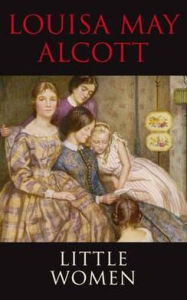
by Sandra Merville Hart I was a teenager the first time I read Louisa May Alcott’s Little Women. A…
April 21, 2017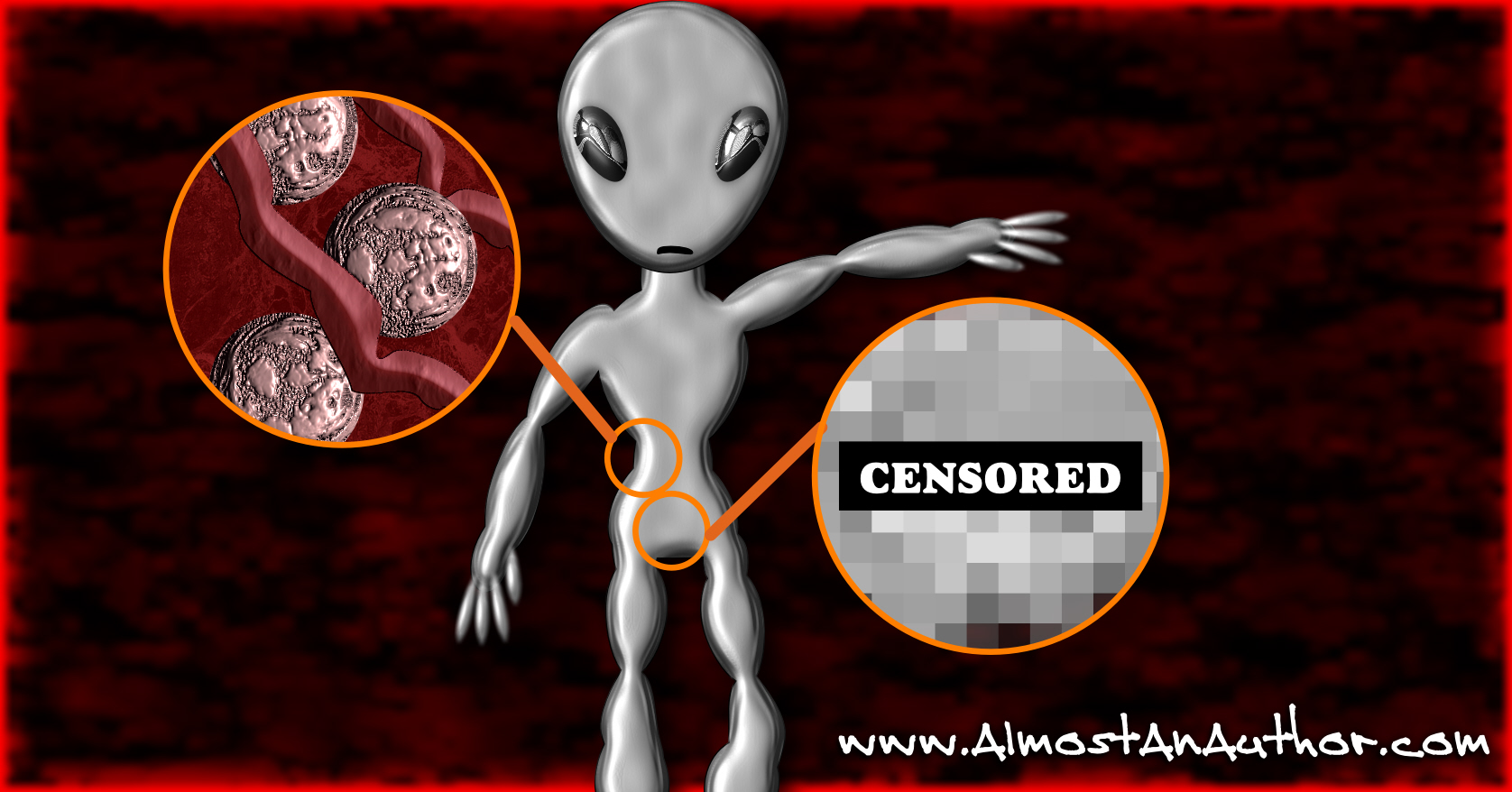
Jim held a gray spheroid up to the light. “So Doc, you’re saying the sex of this alien was…
February 13, 2017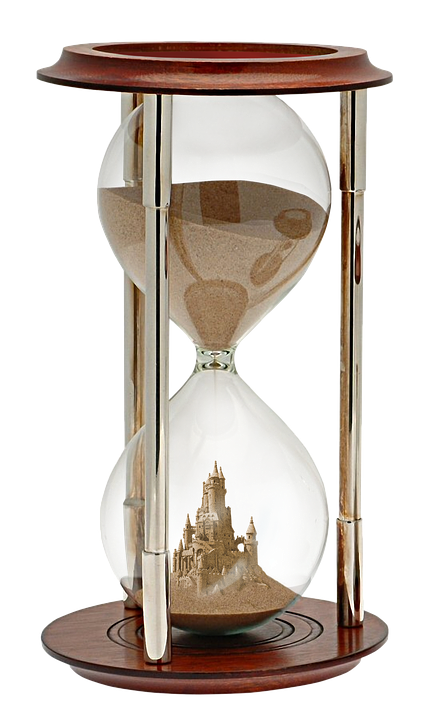
By Sandra Merville Hart Somewhere in the midst of writing my second novel my story started to get…
December 21, 2016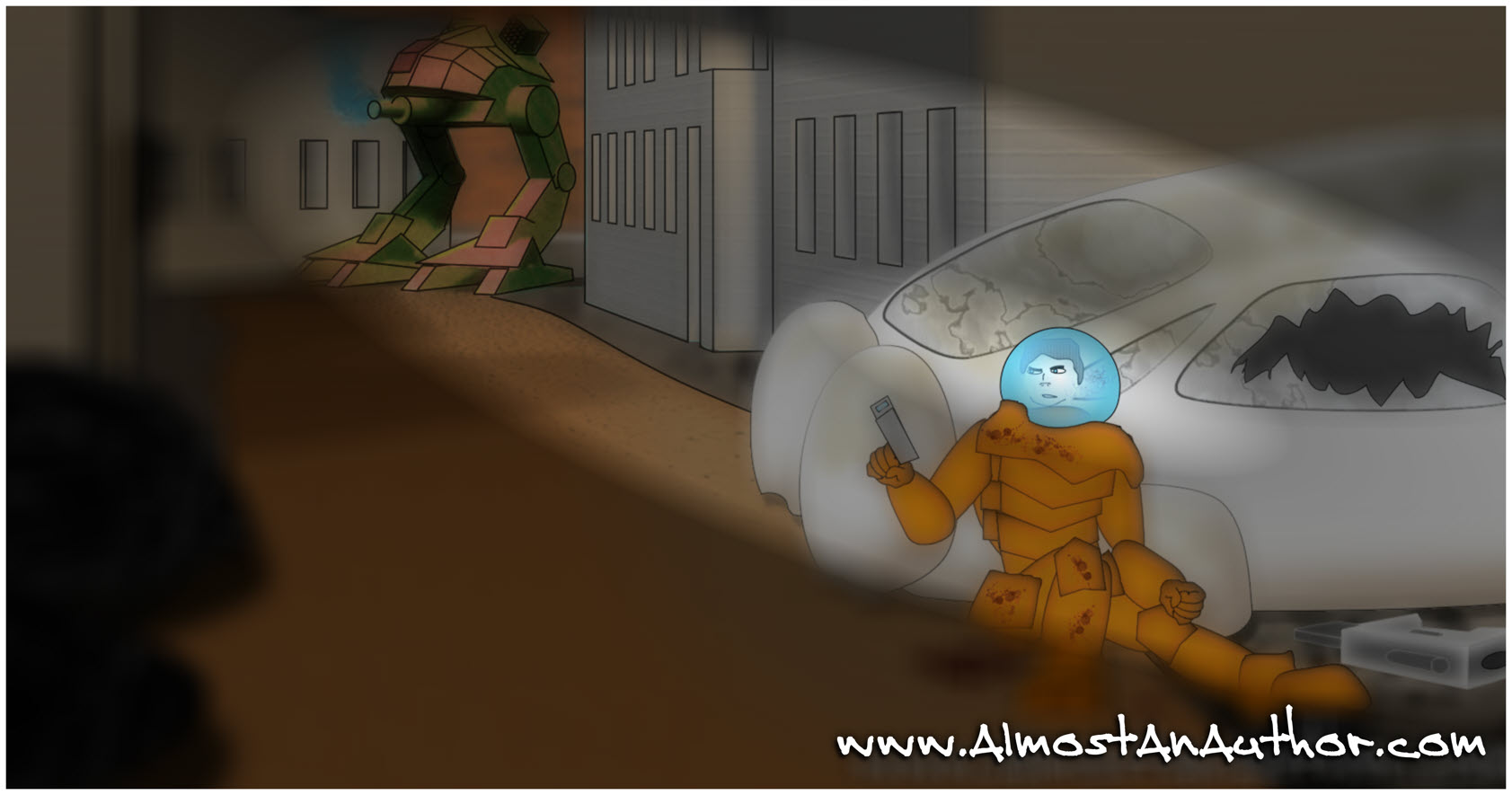
The carbine was still jammed and Jim couldn’t do anything to fix it. He finally tossed it aside and…
November 9, 2016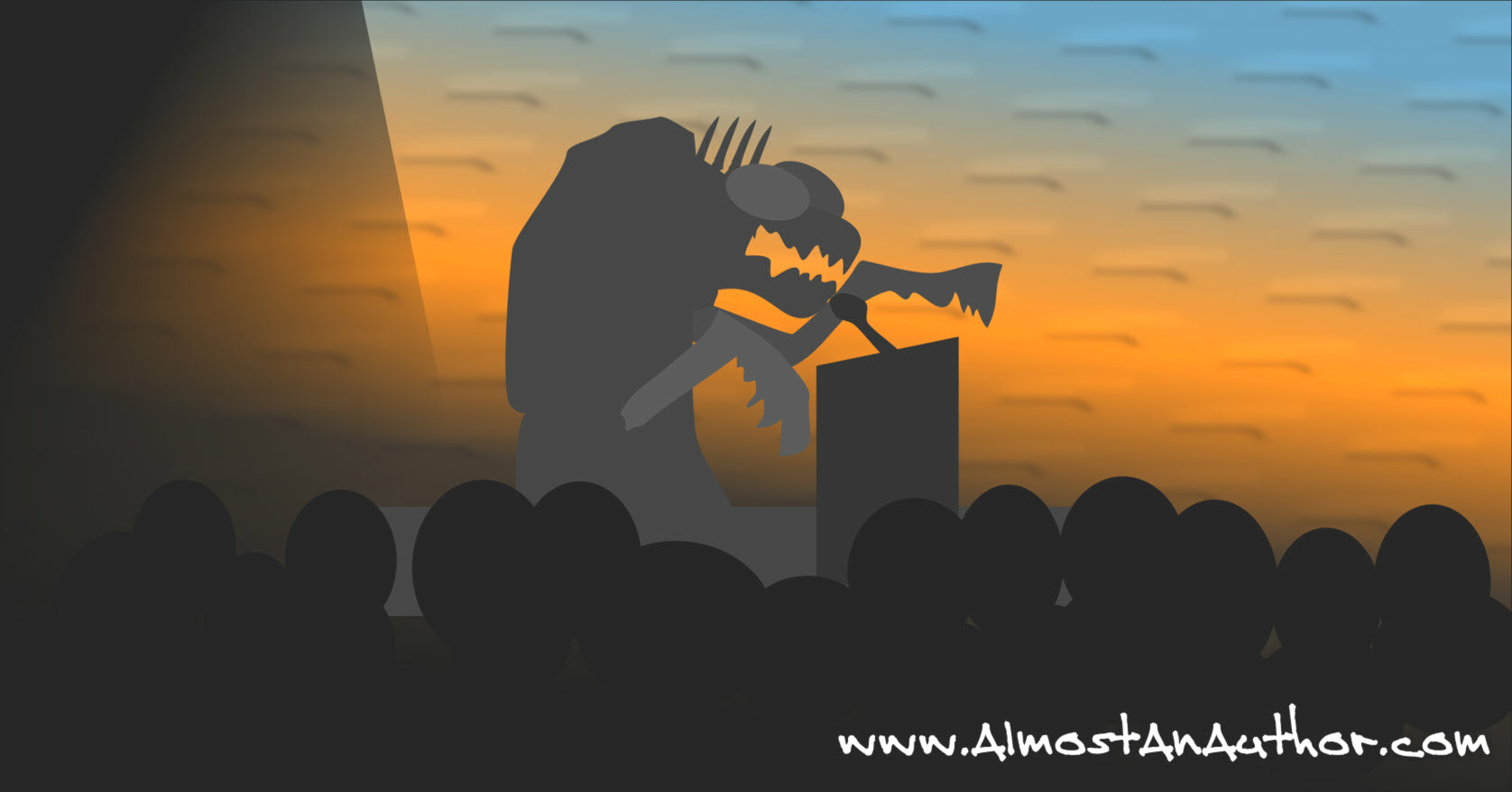
The murmur of countless alien tongues subsided as the chairman of the interstellar council called for order. The delegates…
October 11, 2016
A fellow wordsmith recently shared his method for writing a novel. I was so intrigued by his straightforward process,…
November 23, 2015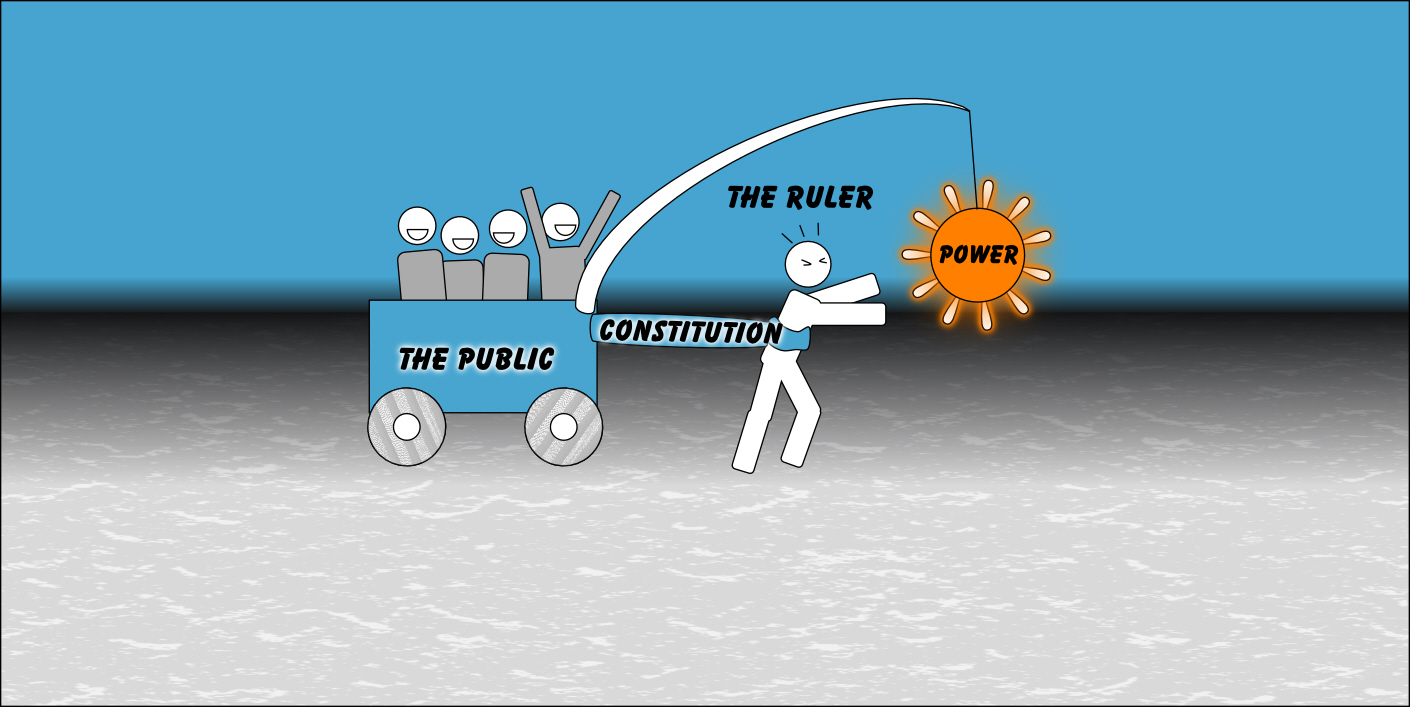
The people in your world need governance. I’m sorry. I wish I could make it untrue, but a believable…
September 5, 2015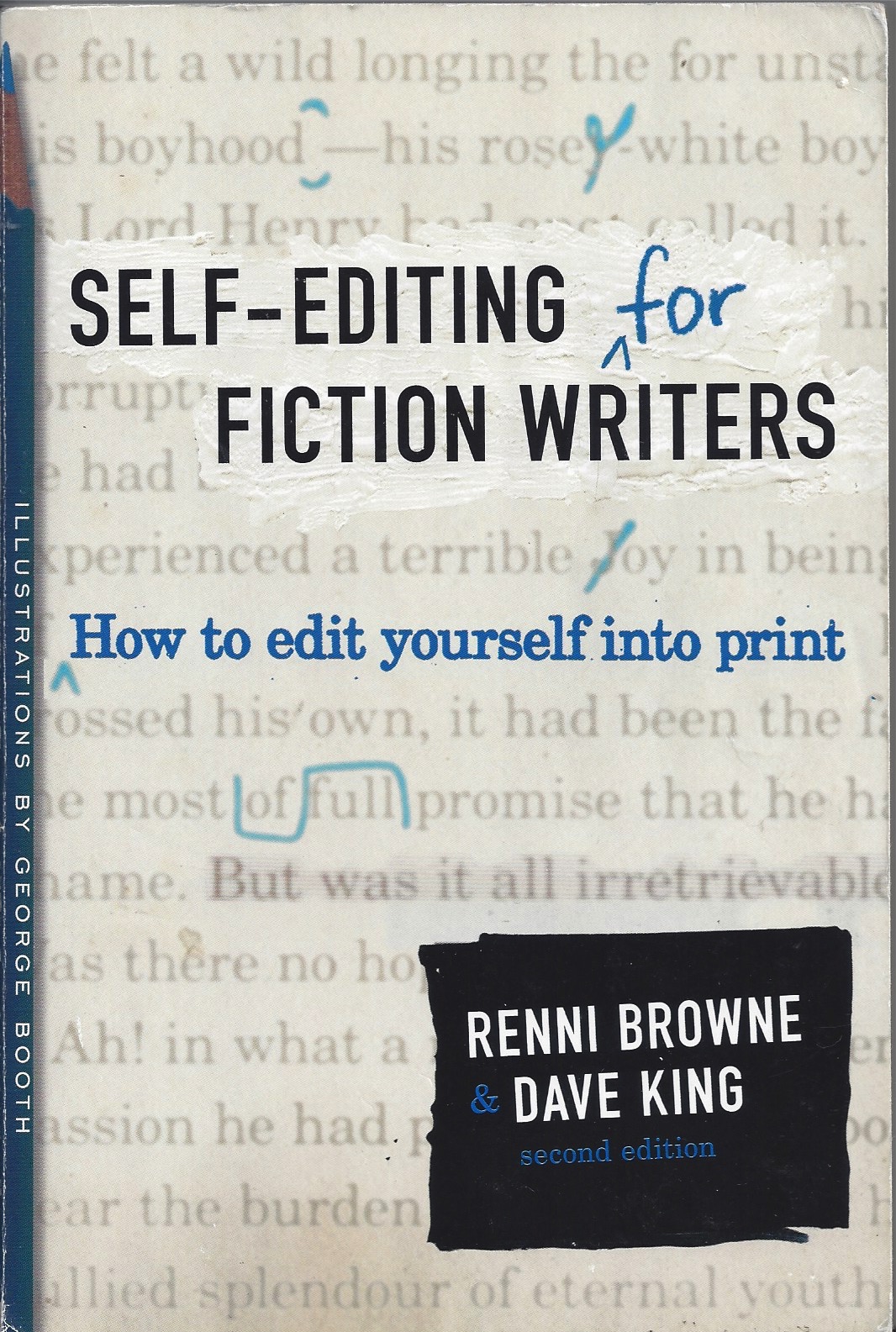
I used to write for VeggieTales, and if you’re familiar with the antics of Bob the Tomato and Larry…
August 6, 2015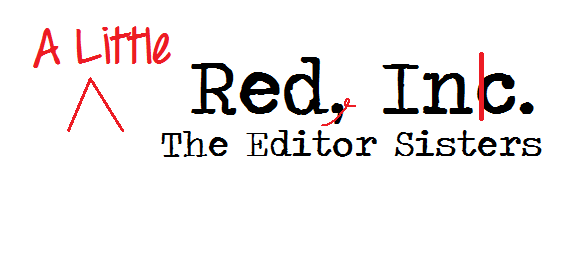
When you write dialogue, think like a screenwriter. Every minute of screen time, every word counts. Don’t add fluff. …
July 10, 2015
Do you want to write 30K-40K+ words in a weekend? Do you want to write faster? You can. Become…
July 1, 2015
You’re a lover of books and in you burns a desire which you cannot ignore. You want to write!…
June 23, 2015